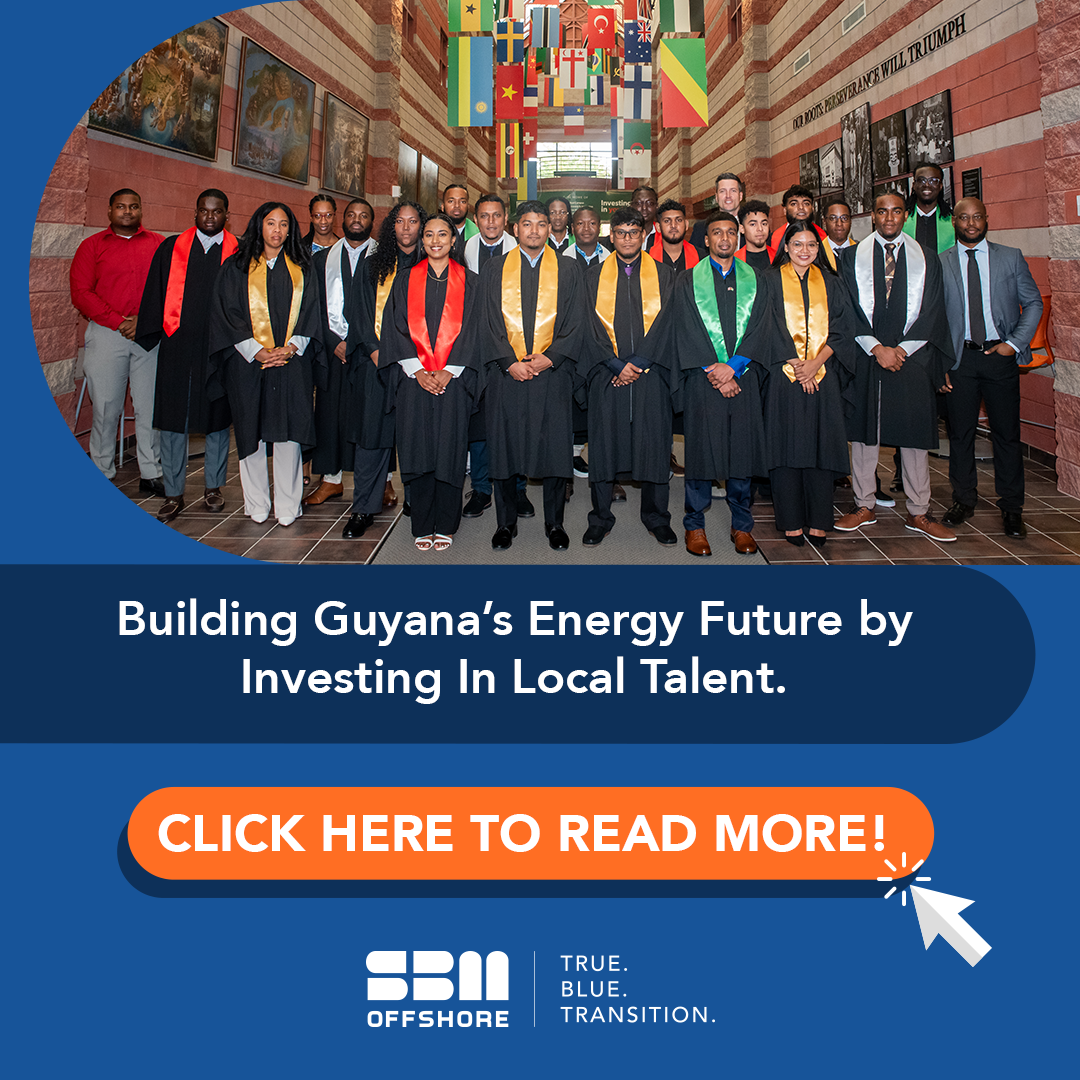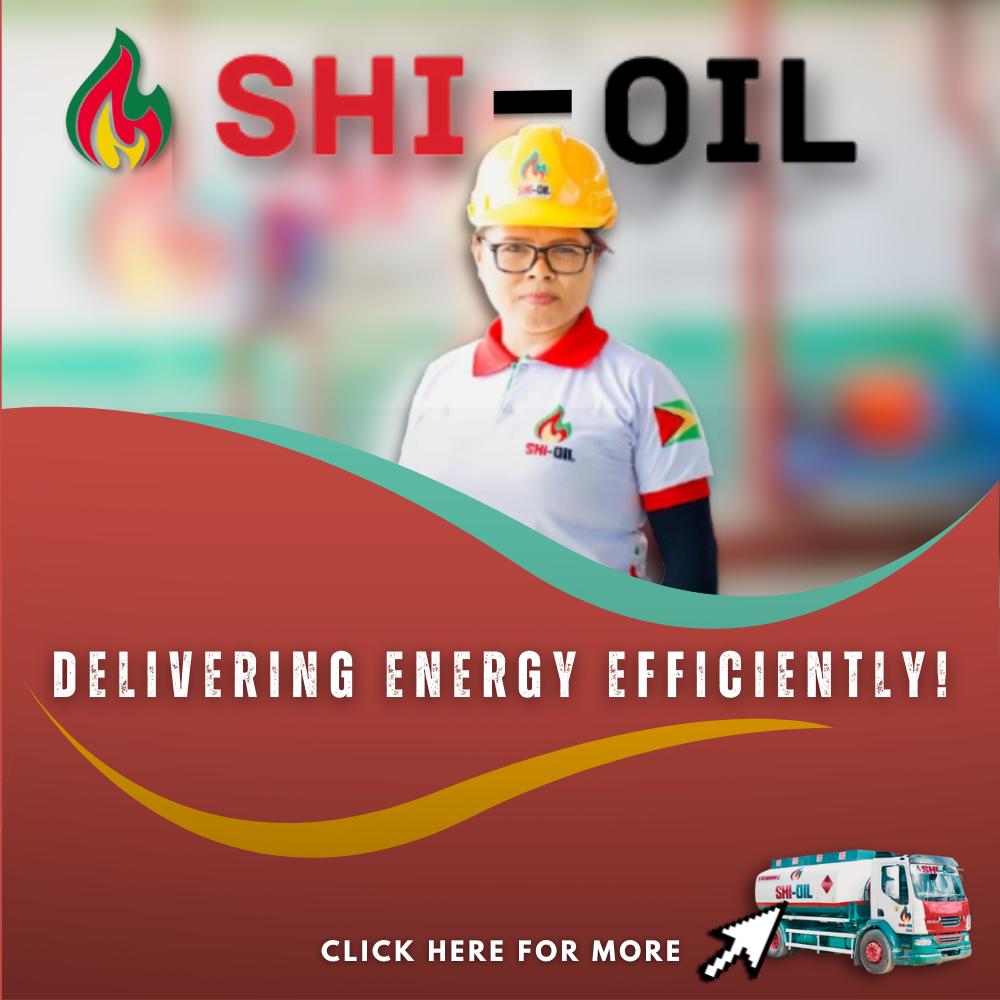—Unprecedented exploration campaign poised to unlock vast new oil and gas reserves
In the heart of the South American continent lies a treasure trove of oil, nestled beneath Guyana’s offshore basin. ExxonMobil, a global energy giant, is poised to unlock even more ‘black gold’ through a bold and unparalleled initiative—the most extensive exploration campaign the region has ever seen. With a sweeping vision set on the Stabroek and Canje Blocks, ExxonMobil aims to chart new frontiers and potentially unearth billions more barrels of oil.
After completing a comprehensive review, the Environmental Assessment Board (EAB) gave the green light for this colossal endeavor. Having evaluated the Environmental Impact Statement and Environmental Impact Assessment submitted by ExxonMobil, the Board was satisfied that the project adheres to environmental protocols under the Environmental Protection Act.
Underscoring the EAB’s commitment to responsible exploration, the regulator stated, “The project can be conducted in accordance with good environmental practices, avoiding, preventing, and minimizing any adverse effects.”
The scale of this venture is unprecedented in Guyana’s offshore history. Scheduled to span several years, from 2023 to 2027, ExxonMobil expects exploration in the Stabroek Block to comprise a comprehensive 35-well drill campaign. Home to the current yield of 11 billion oil-equivalent barrels, the Stabroek Block still holds promise for substantial untapped resources, potentially reaching a multi-billion-barrel capacity.
The magnitude of this endeavor is unprecedented in Guyana’s offshore exploration history. Set to unfold over a span of several years, from 2023 to 2027, ExxonMobil anticipates that the exploration in the Stabroek Block will encompass an exhaustive 35-well drilling campaign. Already yielding 11 billion oil-equivalent barrels, the Stabroek Block continues to offer the prospect of significant untapped resources, potentially adding multiple billion barrels in proven reserves.
ExxonMobil’s comprehensive Cumulative Impact Assessment (CIA) for the Stabroek Block outlined a strategic approach. The primary objective is to unearth and reassess recoverable hydrocarbons from existing and potential reservoirs. The selection of drilling locations hinges on the outcomes of prior seismic surveys, pinpointing zones within the block harboring economically viable hydrocarbon reservoirs. Notably, the CIA evaluated the collective impact of ExxonMobil’s campaign alongside other offshore and onshore projects in Guyana.
Canje Block
Meanwhile, the Canje Block presents another frontier for exploration. ExxonMobil’s plan includes a 12-well campaign starting in the second quarter of 2024 and continuing until the first quarter of 2025. The Canje Block was initially estimated to hold 10 billion unproven barrels, prompting a three-well campaign.
In 2021, ExxonMobil drilled the Jabillo-1 well but failed to find commercial hydrocarbons. The company then shifted its focus to the Sapote-1 well, an independent multi-layer prospect that evaluated several Upper Cretaceous targets. The Sapote prospect lies approximately 100 kilometers southeast of the Jabillo location, about 50 km north of the Haimara discovery in the Stabroek Block and roughly 60 km northwest of the Maka Central discovery in Suriname’s Block 58.
However, this location also did not produce any commercial oil. The same outcome came from the third prospect in Canje – Bulletwood-1; the well encountered quality reservoirs, but the hydrocarbons were non-commercial. Despite these setbacks, the potential for significant discoveries remains, prompting a strategic reorientation in drilling locations and sequences.
Guyana has gained monumental economic benefits from ExxonMobil’s ventures, and anticipates even more. The nation expects the planned initiatives to increase revenue substantially, amplifying economic prowess.
Drillships
A forecast hints at the possibility of deploying up to eight drillships simultaneously by late 2025, emphasizing the sheer magnitude of the oil giant’s operations across various blocks, particularly the Stabroek Block.
Currently, six drillships are actively engaged in ExxonMobil’s Guyana projects, with plans to maintain a steady presence until 2029. These maritime assets, contracted from Stena Drilling and Noble Corporation, testify to the company’s commitment to the region’s development.
ExxonMobil’s current Guyana projects actively engage six drillships, with plans to sustain this robust presence until 2029. These maritime resources, contracted from Stena Drilling and Noble Corporation, emphasize unwavering dedication to developing blocks offshore Guyana.
The rising number of drillships in the Stabroek Block is expected to yield multiple benefits to the local economy and workforce. This influx presents an opportunity for increased employment across a spectrum of roles, spanning technical positions onboard the drillships to supporting roles onshore, fostering employment and skill development prospects for Guyanese citizens. Moreover, the escalated activity will facilitate skills transfer and training programs, potentially cultivating a proficient labor force in oil and gas industry expertise.
This surge in operations could also stimulate the growth of local businesses, offering services and supplies to bolster the oil industry, encompassing logistics, catering, and equipment provision, thereby nurturing the expansion of indigenous industries. Additionally, expanded activities will enhance the potential for heightened Corporate Social Responsibility initiatives by oil companies, leading to increased investments in local communities, infrastructure, education, and healthcare, ultimately benefiting the broader Guyanese society.
Furthermore, ExxonMobil is setting its sights on significant project-development milestones. With projects such as Yellowtail and Uaru projected to achieve first oil in 2025 and 2026 respectively, and Whiptail under consideration for a potential launch in 2027, the company is masterfully choreographing a synchronized sequence of exploration, development, and production.
The horizon looks bright for ExxonMobil’s endeavors in Guyana’s offshore blocks.





